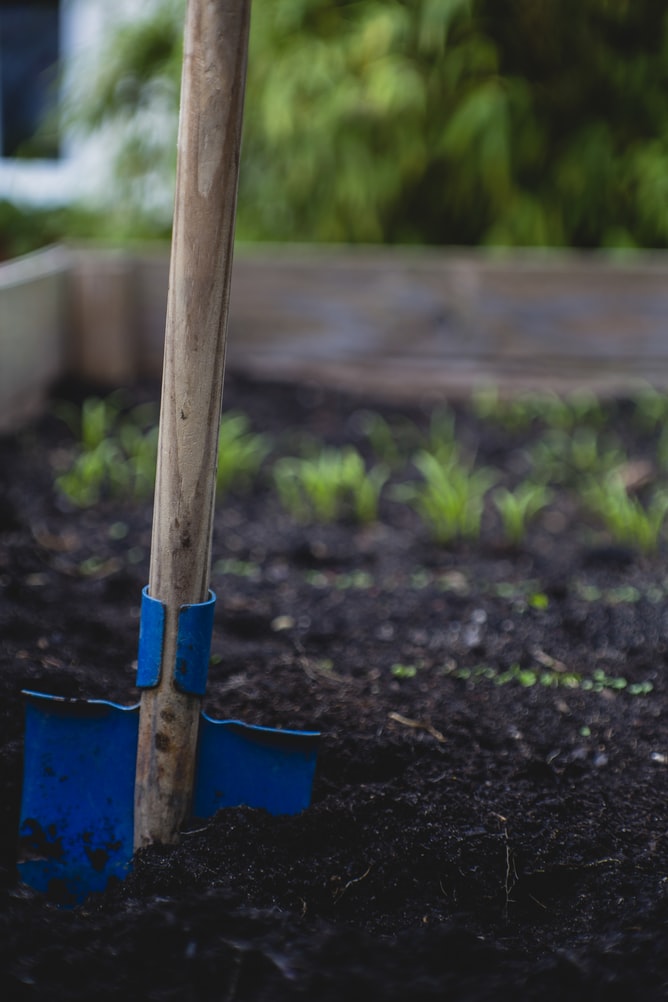When laying a new lawn, you have two main options to choose from: using seeds or laying turf. Both options have advantages and disadvantages, so it depends on your priorities and budget which one will be the best option for you.
The most cost-effective option is to sow seeds, but does involve some preparation of the ground before you can get started and the patience to wait 6-8 weeks for the grass to grow enough. Also, you need to be aware of animals and birds that may attempt to take the seeds before they have been able to grow.

Using turf is a more expensive option, but will give you a fully formed lawn as soon as you’ve laid it, and around a week later, the segments will have attached ready to be used. The actual job of laying turf is more physically demanding than sowing seeds, especially if your garden isn’t perfectly flat or has any unusual corners. Once you’ve laid your lawn, you may want to check out these tips for lawn care in Brisbane to ensure your grass is maintained correctly.
Preparing the ground
Regardless of your chosen method, you’ll need to prepare the ground for your seeds or turf. Start by digging up any old turf and dig up the soil underneath, removing any weeds or other plants. With just the ground remaining, use a rake to create a level surface, removing any large rocks and stones as you go. Next, press down the raked soil with either your feet if the area isn’t too large or with a manual roller; if the area is extensive until the ground is firm, this process must be repeated several times until you’re satisfied. You can then take an all-purpose fertilizer and spread it evenly across the area you’ll cover in grass which will be used, as the root in the turf or the newly germinated grass needs to grow properly.
Laying turf
If you choose to use turf rather than spreading grass seeds, you’ll need to make sure that you lay it within three days of buying it, as it may start to rot and crack if left longer than this. Take your first roll and lay it at the corner of the area you mean to cover and roll it out. You can then take your next roll and start to lay as close as possible to the first one, cutting the edges with an edging knife and filling the gap in-between with loose soil to be completely flat. Take a stiff brush, remove any loose soil from the top when all rolls have been placed down, and water the whole lawn thoroughly, ensuring it reaches the bottom of the turn. For the first couple of weeks, make sure to water your turf regularly, and ensure that as few people or animals stand on it as possible to help it properly take hold in the soil underneath.



